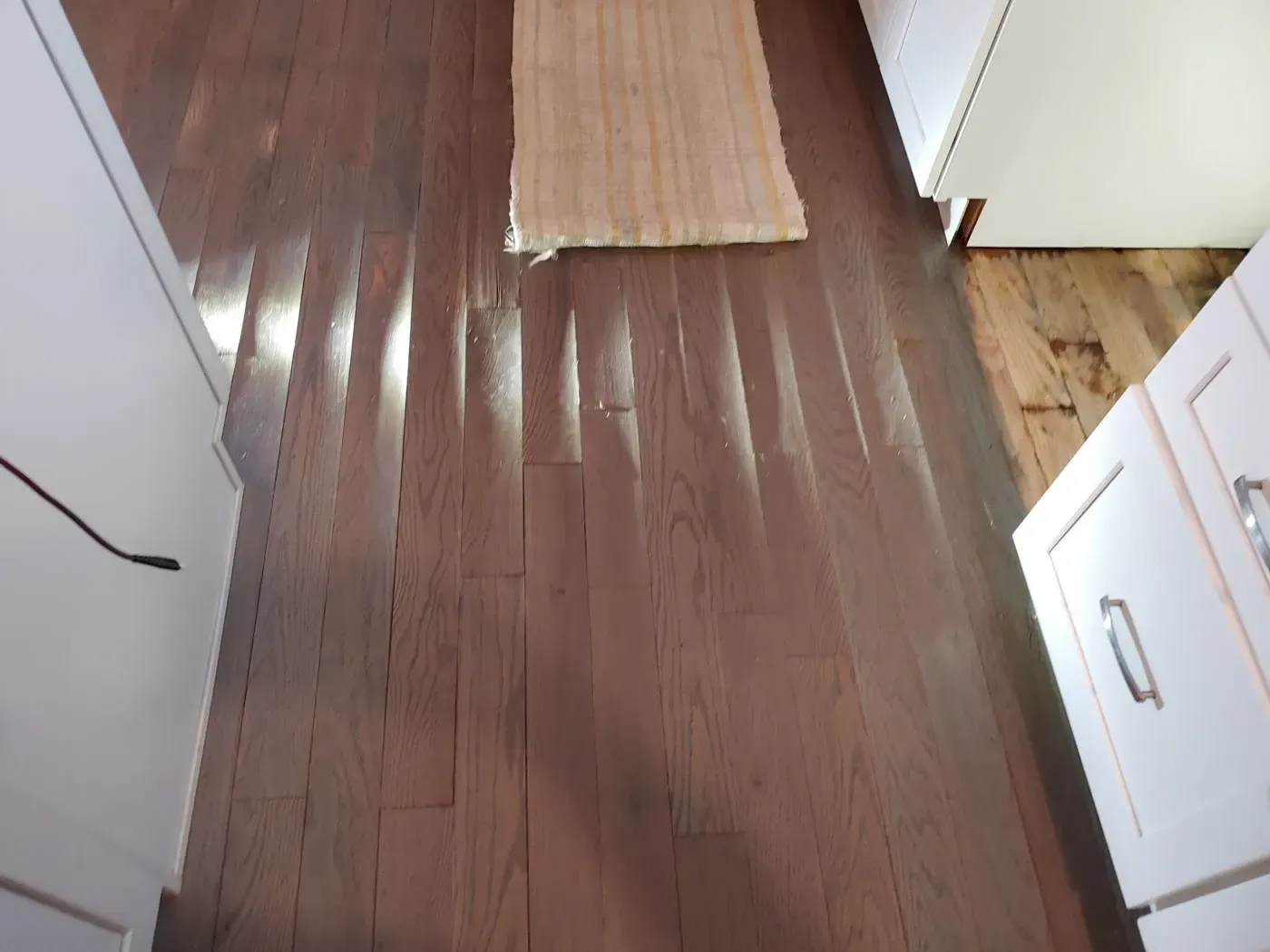The Long-Term Health Effects of Home Water Damage in Mandeville LA

Water damage is often viewed as an annoying inconvenience to patch up, dry out, and promptly forget about. However, the truth of water damage goes deeper - it threatens your home's structural integrity and, more significantly, your health. Mandeville, LA, like many regions prone to periodic heavy rainfall, is no stranger to the dangers of water damage, making the role of a proficient water and fire restoration company in Mandeville, LA invaluable.
Issues Arising from Water Damage
- The Immediate Impact of Water Damage: Immediately after water damage occurs, it can manifest as visible structural damage. This might include warped wooden floors, peeling paint, soggy drywall, and crumbling plaster. For example, a flash flood occurs, and your basement is inundated. The immediate aftermath would be soaked carpets, water-logged furniture, and, potentially, electrical hazards.
- Long-term Consequences: The long-term consequences of water damage are much more insidious and not immediately visible. Lingering moisture can cause wood to rot, compromise the structure's integrity, and become a breeding ground for biological hazards. Months after the flooding event, your home might seem dry and back to normal, but unseen damage could lurk behind your walls and floors.
- Respiratory Issues: Respiratory issues are among the most common long-term health effects of water damage. Mold spores, which thrive in damp environments, can become airborne and get inhaled. This can lead to chronic respiratory conditions like coughing, wheezing, and in severe cases, asthma.
- Allergic Reactions: In addition to respiratory conditions, molds can cause allergic reactions. This can include itchy eyes, runny nose, skin rashes, and fevers. Take, for instance, a family living in a home with an undetected water leak. Over time, they may notice an increase in allergic reactions without realizing the root cause is in their home.
- Infections and Diseases: Long-term water damage can lead to bacterial and viral infections. Contaminated water, mainly from flooding or sewage backup, is a breeding ground for bacteria and viruses. These can lead to serious diseases like Leptospirosis or Hepatitis A.
- Mental Health Consequences: Living in a home with long-standing water damage can also cause psychological stress. It's not uncommon for people to feel anxious, depressed, or overwhelmed by the persistence of health issues and degraded living conditions.
- Water Damage and Mold: One of the significant long-term effects of water damage is mold infestation. Mold spores are microscopic, making them impossible to see with the naked eye, yet they pose a substantial health risk. When inhaled, mold spores can cause various health issues, ranging from allergic reactions and respiratory problems to more severe health conditions, such as neurological problems.
The key to mitigating these health risks lies in timely intervention. Herein lies the role of the best professional water and fire restoration company Mandeville LA offers. Their expertise and equipment can help halt and reverse the damaging effects of water damage.
The Indispensable Role of a Water and Fire Restoration Company in Mandeville, LA
Professional water damage restoration companies, like those in Mandeville, LA, specialize in treating and restoring homes affected by water damage. They don't just manage the visible effects; they unearth and address the hidden damage, ensuring a thorough restoration that safeguards your home and health.
- Initial Assessment: The Starting Point - The restoration process begins with an initial assessment, wherein the professionals determine the extent of water damage and plan the course of action. They may use moisture detection equipment to uncover hidden water damage, like those in wall cavities or beneath flooring.
- Water Removal and Drying: The Cleanup Stage - Next, the professionals will utilize industrial-grade water extraction machines and dehumidifiers to remove standing water and moisture from your home. This thorough drying process is essential in preventing mold growth.
- Cleaning and Sanitizing: The Health-Safeguarding Stage - After removing the water, the area is thoroughly cleaned and sanitized. Special treatments may be used to disinfect the area, and anti-microbial agents may be applied to prevent mold growth.
- Final Restoration: Returning to Normalcy - The final stage involves restoring your home to its pre-damage condition. In severe cases, this could mean replacing drywall, installing new carpet, repainting walls, or even major reconstruction.
The effects of home water damage can indeed ripple into long-term health consequences. However, these risks can be effectively managed and minimized with immediate, professional intervention. Companies specializing in water and fire restoration in Mandeville, LA play a crucial role in ensuring homes affected by water return to their original state. Reach out today for the best water damage restoration Mandeville LA has.
You might also like
DryMax Restoration Blogs




